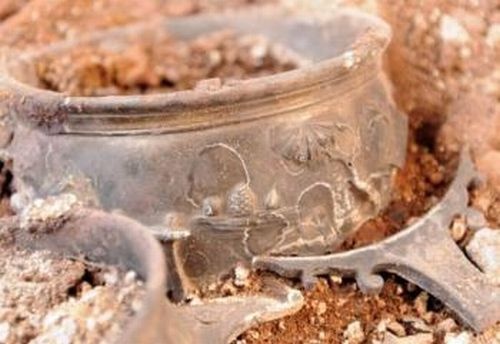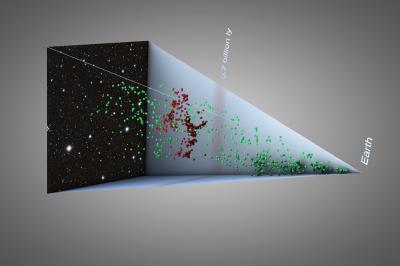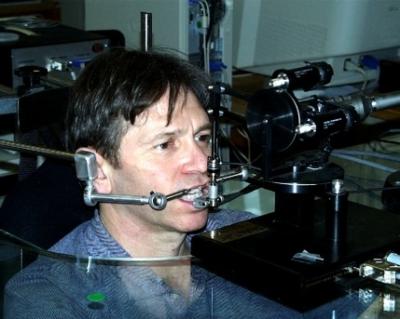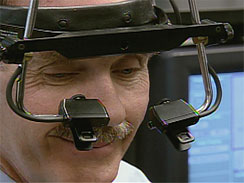
© Erica Lyn SchmidtYoung tyrannosaurs did serious battle against each other.
We all know adolescents get testy from time to time. Thank goodness we don't have young tyrannosaurs running around the neighborhood.
In a new scientific paper, researchers from Northern Illinois University and the Burpee Museum of Natural History in Rockford report that adolescent tyrannosaurs got into some serious scraps with their peers.
The evidence can be found on Jane, the museum's prized juvenile
Tyrannosaurus rex, discovered in 2001 in Montana.
Jane's fossils show that she sustained a serious bite that punctured through the bone of the dinosaur's left upper jaw and snout in four places, the researchers report. The injury wasn't life threatening and eventually healed over, according to the scientists. The bite did leave scars, however.
"Jane has what we call a boxer's nose," says Joe Peterson, an NIU Ph.D. candidate in geology and lead author of the study published in the November issue of the journal
Palaios. "Her snout bends slightly to the left. It was probably broken and healed back crooked."





Comment: Read also, The Art of Deception, for a view on how the evil magicians of our times use their tricks to control us and render us helpless and hopeless under their spellbinding lies.